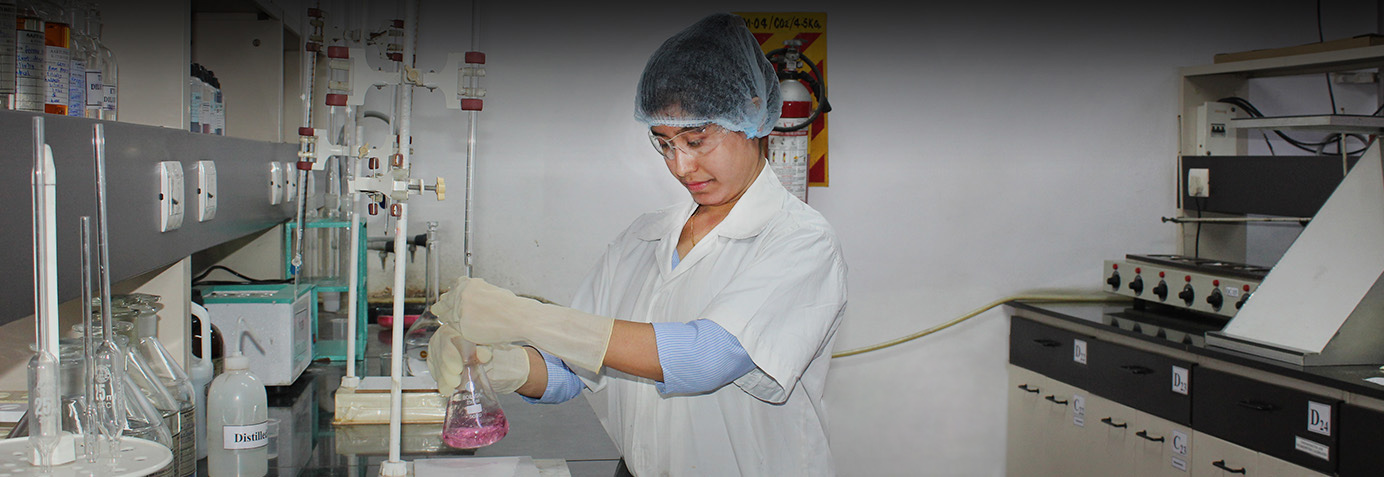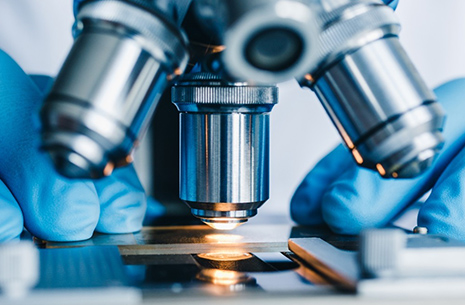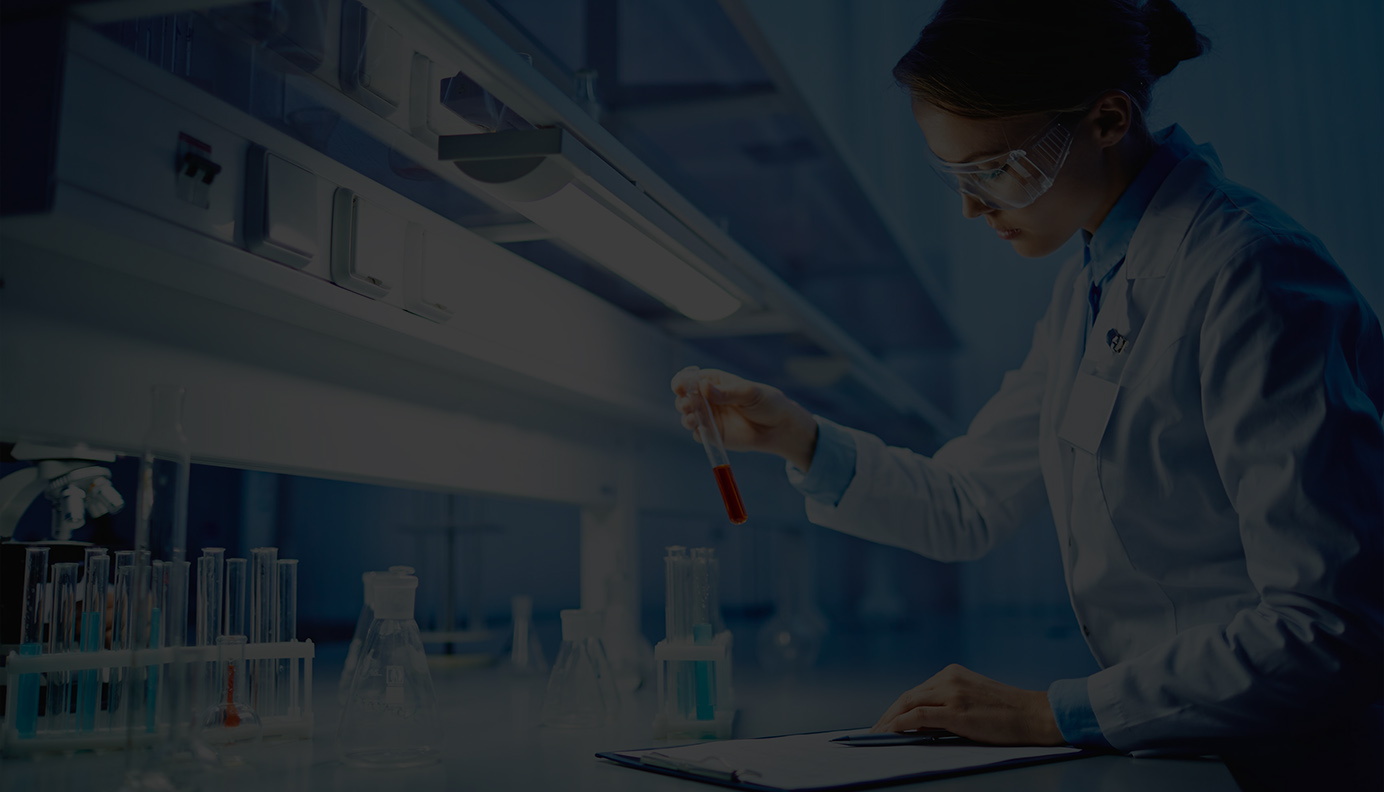- Ammonolysis
- Chlorination
- Diazotization
- Ethylation
- Halex Chemistry
- Hydrogenation
- Nitration
- Esterification



Aarti Industries Limited (AIL) has evolved from being a vendor to becoming a partner of choice. Our three state-of-the-art R&D centers, located at Navi Mumbai in Maharashtra, Vapi and Jagadia in Gujarat, continuously work towards
A latest addition to our research capabilities is a large state-of-the-art digitised research and technology centre at Navi Mumbai.
Our strategic focus is to become a reference in speciality chemicals globally. In the long-run, we aim to further embrace open innovation and create a purposeful and sustainable organisation.
Backed by our expertise, technical know-how, experience and resources, we are ready to embrace growth opportunities and play a pivotal role in cementing our presence in the global chemical industry.
AIL has developed expertise in various chemistries and to name a few:
AIL has a state-of-the-art analytical laboratory spread over 12,000 sq. ft. with an experienced and qualified team of scientists engaged in
Typical infrastructure at the Analytical Development laboratory consists of specialised equipment such as HPLC, GC, LCMS, GCMS, Flash-Chromatography, ICP-MS, Particle Size Analyzer, and other equipment such as colorimetry, auto-titrator, stability chamber etc.




Our facility in Navi Mumbai is a fully paperless laboratory and utilises the Electronic Laboratory Notebook system for day to day experimental data capturing.
Availability of such online database for different chemistries helps our scientists with ready access to intelligent past knowledge and experimental insights avoiding duplication of work and allows our team to learn from the past speedily.
Other advantages include seamless inter-departmental communication, confidentiality and security of data leading to ISO 27001:2013 accreditation of our R&D facility at Mahape.
Reaction workstations are established to conduct various unit reactions

Based on the business requirement, a dedicated team of scientists develops certain strategic chemistries contributing towards multiple growth projects.
Following strategic chemistries are being developed
We believe in developing inherently safe processes. We have a state-of-the-art Process Safety Laboratory and expertise located close to the Process Chemistry lab to make such inherently safe process development possible.
Health and environment hazards are identified through the in-house SDS generated through GHS compliant software.
The chemical reaction hazards that may be generated during the chemical processing/storage. The three major chemical reaction hazards are:
A dedicated team equipped with advanced laboratory equipment conducts different process safety studies.
We carry out thermal stability tests and other fire and explosion tests especially for powder safety testing. For quick results of powder safety testing, we have also extensive tie ups with third-party service providers. The data from these tests is assessed in-house in our laboratories.
We are also building capabilities and infrastructure for fire and explosion hazards such as
1. Minimum ignition energy-MIE
2. Flash point
We undertake Hazop studies during the R&D process development to ensure our processes are inherently safe for commercialization
We have developed a Safety Data Sheet (SDS) database of all the GHS compliant products and chemicals being used at AIL. This online database is readily accessible to all employees. We also have in-house capabilities to retrieve and generate new MSDS for development products. Being a ‘Responsible Care’ company, such capability of material safety management also helps in establishing product stewardship for existing and new products which helps our employees and customers to take appropriate action and care while handling our chemicals and products.
Aarti Industries uses cookies to provide you with a personalized browsing experience. By using this site you agree to our use of cookies as explained in our Privacy & Cookie Policy. Please read our Privacy & Cookie Policy for more information on how we use cookies and how you can manage them.
Ok